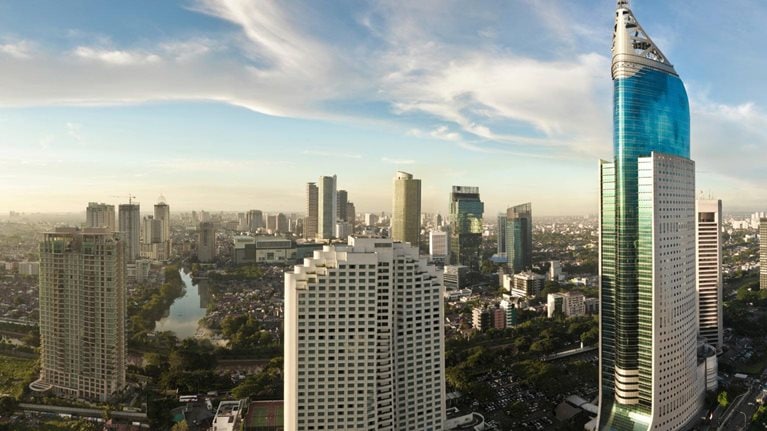Latin America is a bright spot in the post-recession global economy, with growth rebounding strongly in much of the region. In the years ahead, cities will be critical to regional growth. Latin America is more urbanized than any other region in the developing world, with 80 percent of its relatively young population living in cities today, a share expected to rise to 85 percent by 2025. The shift from country to town has contributed much to Latin America's growth, as economies of scale have boosted the productivity of expanding cities and reduced the cost of delivering basic services to their inhabitants.
The region's 198 large cities—defined as having populations of 200,000 or more—together contribute more than 60 percent of GDP today. The 10 largest cities alone generate half of that output. Such a concentration of urban economic activity among the largest cities is comparable with the picture in the United States and Western Europe today. China's top 10 cities, for instance, contribute around 20 percent of the nation's GDP.
But many of the largest urban centers are grappling with traffic gridlock, housing shortages, and other symptoms of diseconomies of scale. The region has already won a large share of any easy gains that come from expanding urban populations, and many of its large cities today face diseconomies of scale. In the recent past, growth rates in Brazil's São Paulo and Rio de Janeiro have dropped from above to below the national averages in these two economies. Other leading cities in the region have also recently grown more slowly than either their national economies or middleweight cities (with populations between 200,000 and 10 million). Unless the region's top 10 cities significantly enhance the productivity and number of jobs they generate in the formal economy and boost the efficiency of their operations and management, their growth rates are likely to remain below the average for the region's large cities. If the strains faced by these cities are not tackled, they risk dragging down Latin America's overall growth trajectory.
MGI examines the multiple challenges that Latin America's cities must address to fulfill the region's potential and offers an agenda for urban renewal. Action to reform and develop not only these large cities but rapidly growing middleweight cities is urgent if Latin America is to create the more productive jobs in the formal economy to meet the aspirations of today's young workforce. The need for action is urgent. In contrast to many other parts of the world, Latin America enjoys favorable demographics, but this situation will not last. By the second half of this century, Latin America's demographic profile will look more like Europe's, with a shrinking proportion of economically active young having to provide for a growing fraction of older people. The risk is that the region could grow old before it becomes rich if cities do not fulfill their potential.
Latin America's political and business leaders need to act decisively on two fronts to improve the performance of the region's cities and turn its demographic profile to advantage: Reform and upgrade the region's largest cities, and enable a broader group of high-performing middleweight cities to emerge. Today, 188 high-growth middleweight cities account for almost one-third of the region's GDP and could generate almost 40 percent of GDP growth to 2025. These cities currently lag behind Latin America's largest urban centers in per capita GDP, but the region's faster-growing midsized cities are likely to narrow part of that gap by 2025.
To understand how Latin America's largest cities might improve their performance, MGI has assessed performance in eight of the top 10 cities (in descending order of GDP): São Paulo, Mexico City, Buenos Aires, Rio de Janeiro, Lima, Bogotá, Santiago, and Monterrey. The assessment is based on 100 quantitative indicators along the four dimensions that interact to deliver sustained urban economic growth: economic performance, social conditions, sustainable use of resources, and finance and governance. MGI has collated the results of this analysis in an Urban Performance Index, a benchmarking tool designed to compare city performance.
Many of the top Latin American cities lag behind cities around the world and in their region on these four dimensions, according to the Urban Performance Index. All Latin American urban economies need to pay close attention to all four dimensions if they are to continue to be the dynamos of the region's growth.
Each city in Latin America faces its own distinct set of challenges and priorities, depending on its starting point. The report draws on tried and tested success stories from the region and around the world to identify tangible actions that the region's city leaders could take to address the highest-priority issues they face. McKinsey's experience shows that effective policies can turn around a city's fortunes in as little as 10 years.


